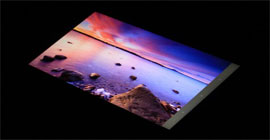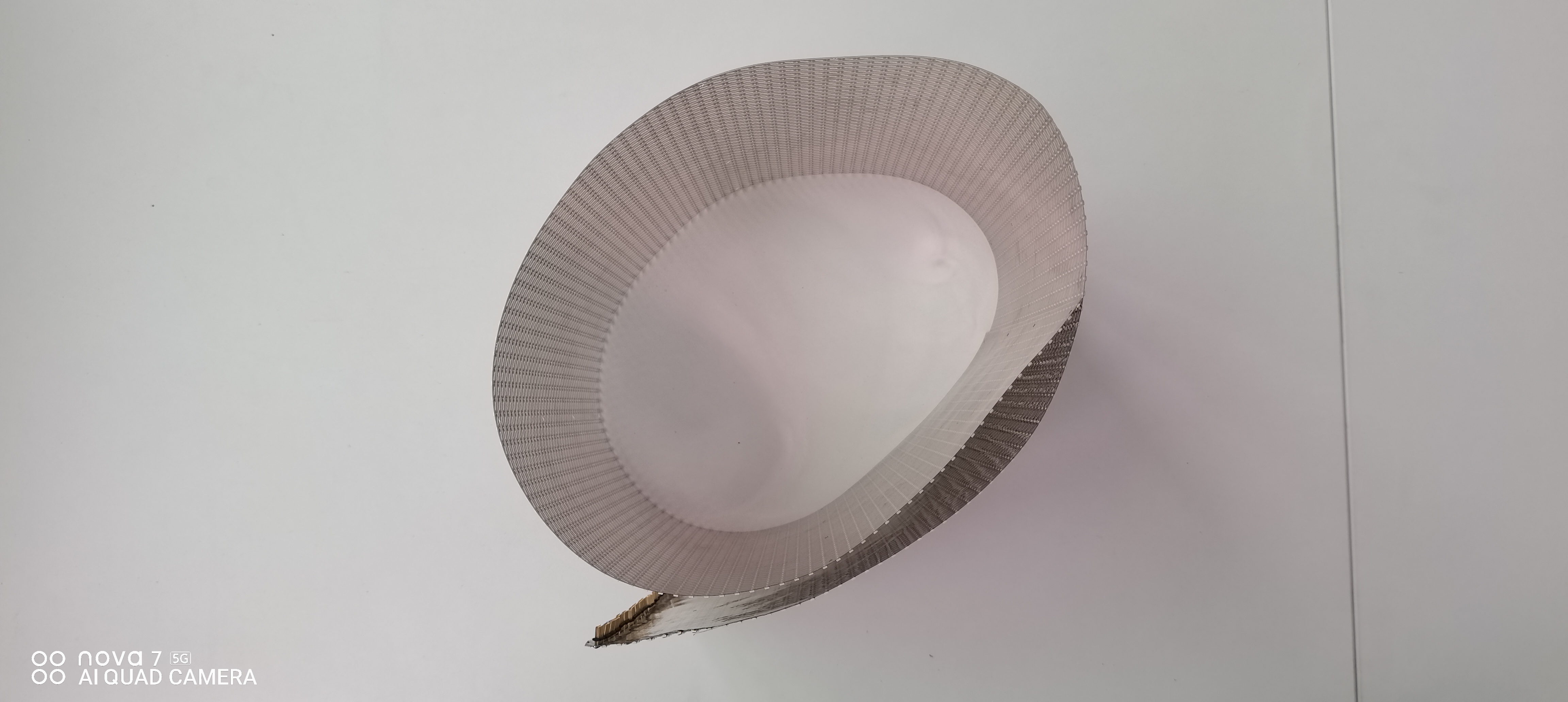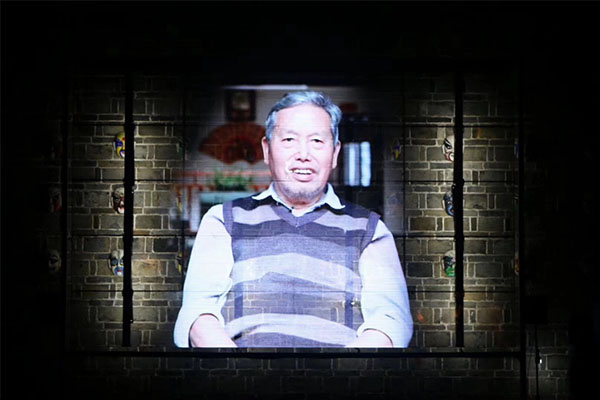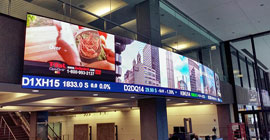The world’s authentication standards of the LED digital display are here. Do you want to have a look?
In the field of LED digital display, China's export volume is very large. According to relevant statistics, more than 80% of the world's LED digital displays come from China. The huge market is undoubtedly very attractive for the LED digital display manufacturers who want to open up overseas markets.
If the LED digital display factory wants to export overseas market, the first thing to solve is the problem of market access. The so-called market access means that products and services entering a country or region must conform to the relevant regulations and standards of that country or region before they can be sold in the market. The product certification of the LED digital display is a stepping stone to enter the international market. The product certification is different in different countries and regions, so let's talk about the differences of product certification and standards in different countries and regions.
I. Authentication of the LED display screen in different countries and regions
1. American ETL, UL, FCC (compulsory), CSA-US, energy sound certification, LED display products mainly follow UL8750 LED Equipment Used in Lighting Products with specific lighting safety standards for consideration at the same time. The 2009 Equipment Efficiency Regulation issued by California in 2009 adds requirements for light transmission, light efficiency, colour temperature and colour rendering index of portable LED lamps.
2. Canada CSA, ULCULICCETL American certification is more applicable to the Canadian market.
3. The PSE circle marked by Japanese VCCI and PSE (compulsory) "S" can be tested and certified by the third-party laboratory in China; the PSE diamond is tested by the third-party laboratory and examined and certified by the Japanese organization.
4. South Korea KC, KCC, ATT authentication.
5. The EMC requirements for European CE (compulsory), VDE and GSRoshs testing TUVLED lamps are mainly the EMC immunity requirements for IEC/EN61547 common lighting appliances, IEC/EN61000-3-2 harmonic current emission limits, IEC/EN61000-3-3 voltage fluctuations and flicker limits, and EN55015 radio interference characteristic limits and measurement methods.
6. Australia C-TICK (compulsory) SAA (compulsory) certification.
7. China CCC (compulsory) CQC In order to improve the competitiveness of domestic LED, the relevant national departments have improved the relevant LED standards.
8. Other international authentication: CB Russia: GOST, Brazil: UC, Nigeria: SONCAP and so on.
II. LED digital display standards at home and abroad
1. International standards
IEC 60950-1:2005 Information Technology Equipment Security, CISPR22:2008 Radio Interference Performance Limitation and Test Methods for Information Technology Equipment
IEC62341-1-1-2009 Organic Light emitting Diode (OLED) Displays Part 1-1: General specification
IEC 62341-6-1-2009 Organic Light emitting Diode (OLED) Displays Part 6-1: Measurement of Optical and Photoelectric Parameters
IEC 62341-5-2009 Organic Light emitting Diode (OLED) Displays Part 5: Environmental Monitoring Methods CISPR24:1997-am1:2001+am2:2002 Radio Interference Performance Limitation and Test Methods for Information Technology Equipment.
2. China Standard
GB4943-2001 information technology equipment safety (IDTIEC60950:1999)
GB9254-2008 radio interference performance limits and test methods for information technology equipment (IDCCISPR22:2006)
2005 76299-T-451 Requirements for the Use of Gymnasium Equipment and Methods of Testing Part 1: LED Display Screen (Consultation Phase) GB/T17618-1998 Radio Interference Performance Limitation and Testing Methods for Information Technology Equipment (IDCCISPR24:1997) SJ/T11281-2007 Test Methods for Light-Emitting Diode (LED) Display Screen
3. American Standard
UL1310:2005+Rve5:2010 Two types of power equipment safety standards
FCCpart15, FCCpart18
MIL-D-28803/3C (2)
UL1012:2005+Rve3:209 Safety Standard for Non-2 Power Supply Equipment MIL-D-28803/2AVALIDNOTICE1MIL-D-28803/1 DVALIDNOTICE1"
4. European standard
EN60950-1:2001-A11:2004 information technology equipment safety
EN 55022:2006+A1:2007 Radio Interference Performance Limitation and Test Methods for Information Technology Equipment BSIEC 62341-1-1-2009 Organic Radio Diode (OLED) Displays General Specification
DINEN62341-5-2010 organic light emitting diode (OLED) displays. The fifth part: environmental monitoring method (IEC6231-1-5-2009); German version EN6231-1-5-2009.
EN55024:1998+A2:2003 radio interference performance limits and test methods for information technology equipment
BSEN62341-5-2009 organic light emitting diode (OLDE) display environment test method
EN61000-3-2:2006 Harmonic Current Emission Limits (Equipment Input Current 16A/Phase). BSIEC 62341-1-1-2010 Organic Light-emitting Diode (OLED) Displays Part 1-1: General Specifications (IEC 62341-1-12009: German EN62341-1-1-1-2009)
BSIEC 60747-12-3-1998 Separate Semiconductor Devices and Integrated Circuits, Light Emitting Diodes (LEDs) for Photoelectronic Devices Display Blank Details EN61000-3:1995+A1:2001+A2:2005 Voltage Fluctuation Limits in Mortgage Systems with Nominal Current Less than 16A Equipment





